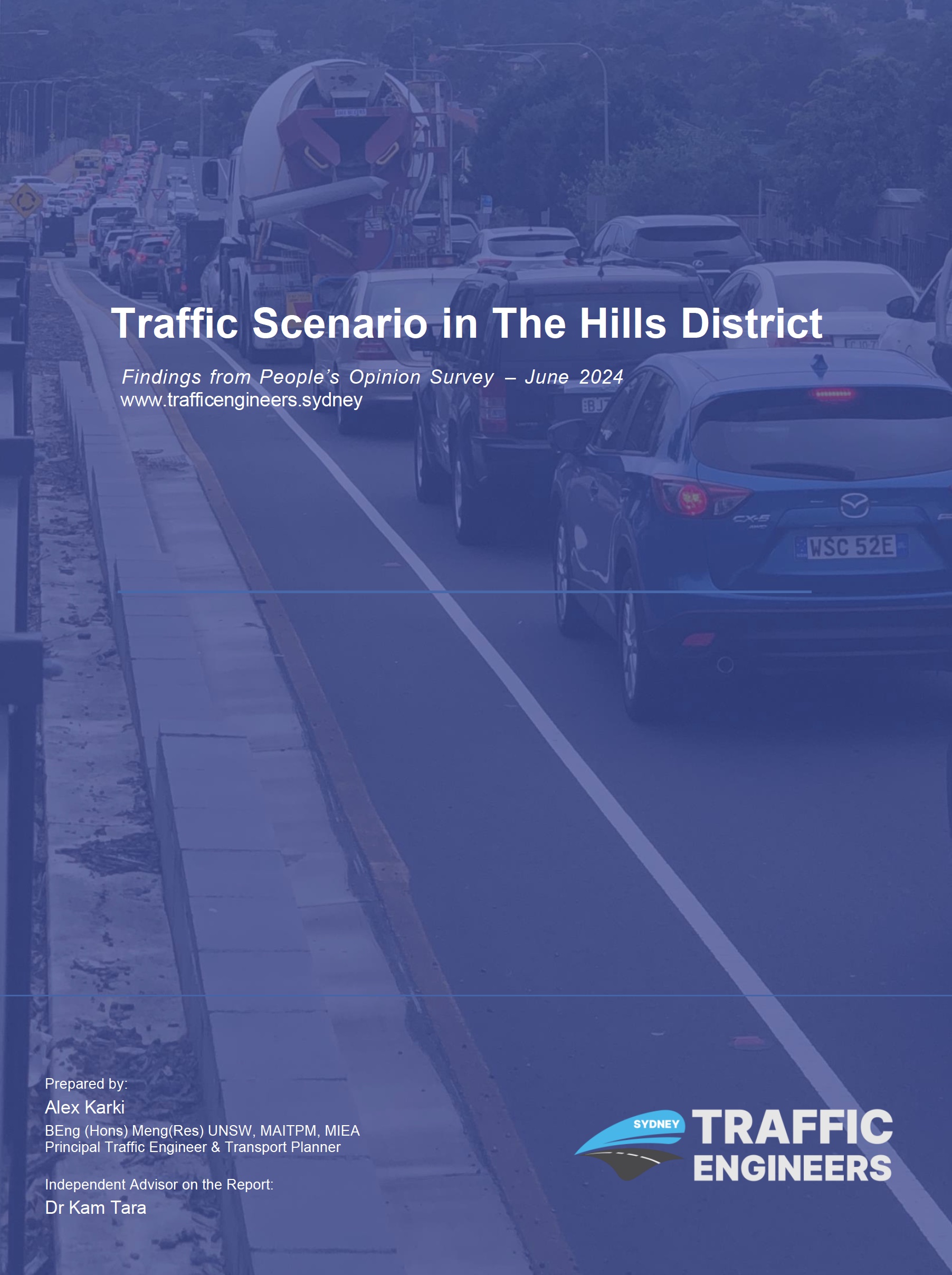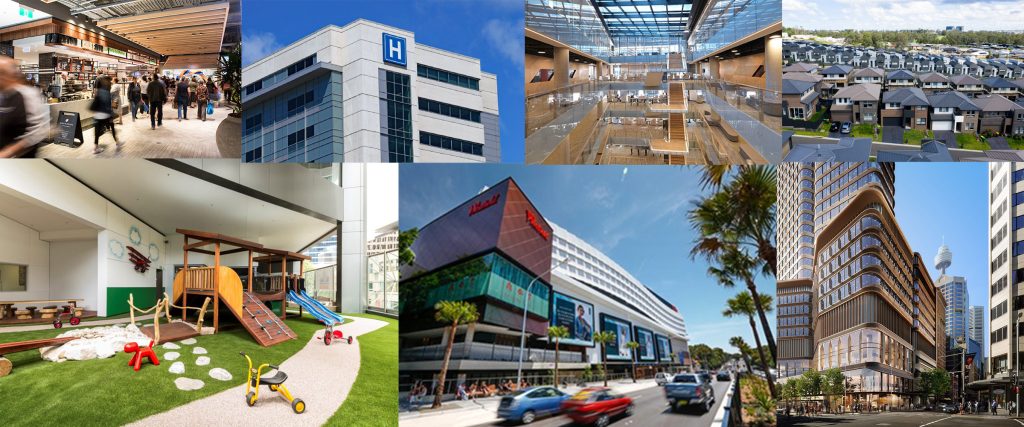Parking & AS 2890
Our team of skilled traffic engineers and traffic consultants provides expert parking design solutions that comply with Australian Standards (AS 2890) and council regulations. Whether you’re developing a small residential project or a high-density commercial site, we ensure your parking layouts are safe, functional, and efficient.
Key Parking Services Offered:
- Parking Layout Design
- Customised parking designs that meet AS 2890 requirements for both standard and accessible parking spaces.
- Optimising layouts for efficient vehicle movement, including entry and exit points, circulation, and loading zones.
- Parking Compliance Assessments
- Ensuring existing or proposed parking facilities comply with AS 2890 and local council guidelines.
- Identifying design constraints and providing practical solutions for compliance.
- Swept Path Analysis for Parking Areas
- Integrating swept path analysis to confirm safe and efficient manoeuvring in parking spaces, ramps, and tight areas.
- Ensuring clearance for large vehicles, including delivery trucks and emergency services.
- Traffic Impact Assessments (TIA) for Parking Facilities
- Analysing the impact of parking facilities on traffic flow and safety.
- Supporting small, medium, and high-density developments with actionable insights.
- Ramp and Gradient Design
- Designing ramps and gradients to achieve compliance with AS 2890 standards.
- Preventing vehicle scraping and ensuring safe access to parking facilities.
Why Choose Us?
With extensive experience in traffic engineering and parking design, we provide comprehensive solutions for parking facilities that balance functionality and compliance. From meeting AS 2890 standards to delivering efficient layouts that enhance user experience, we ensure your project is ready for council approval and long-term success.
The Importance of AS 2890 Compliance
Compliance with AS 2890 ensures parking facilities:
- Provide safe and accessible spaces for all users, including those with mobility challenges.
- Meet legal and regulatory requirements, avoiding costly redesigns or penalties.
- Support efficient vehicle manoeuvring and traffic flow.


